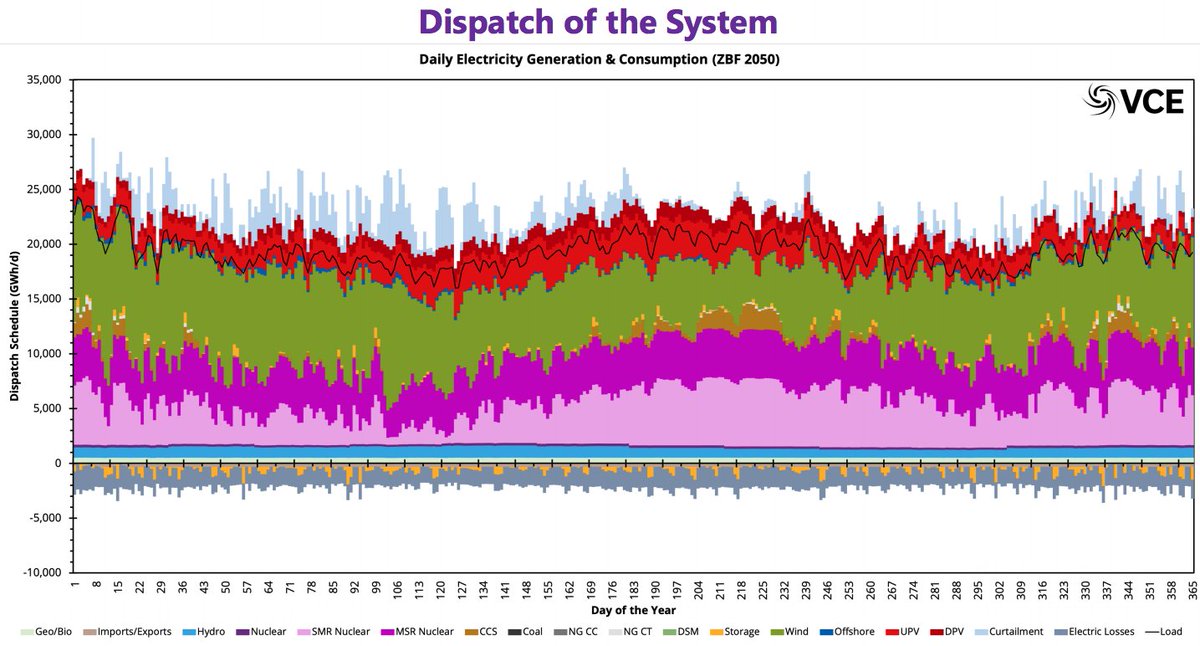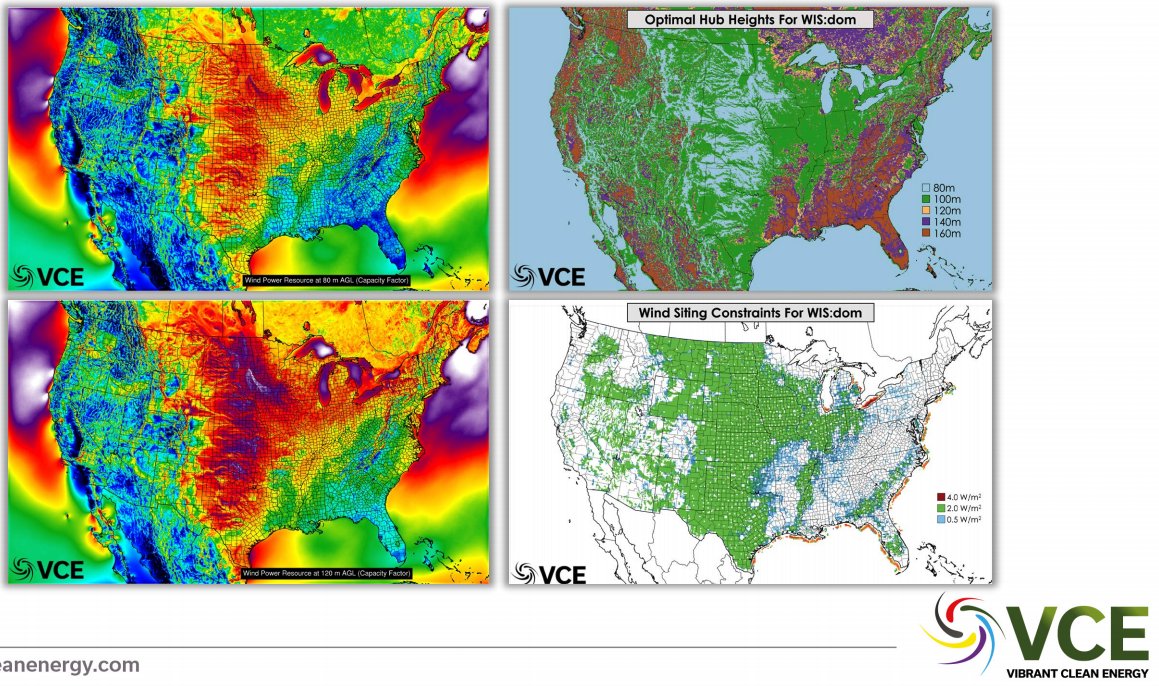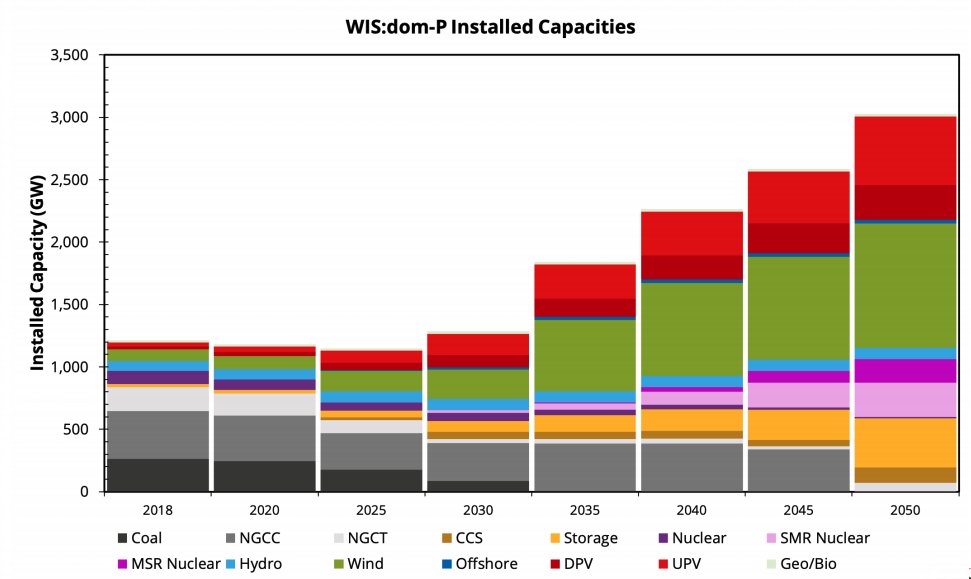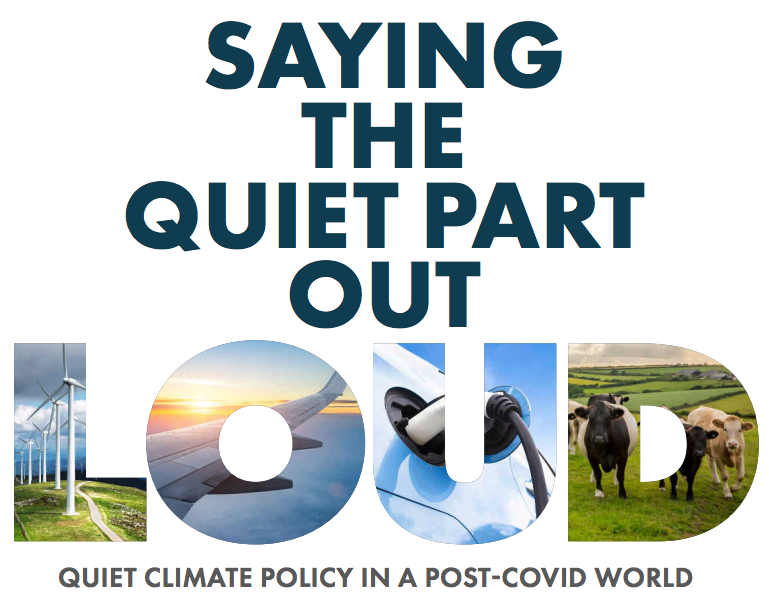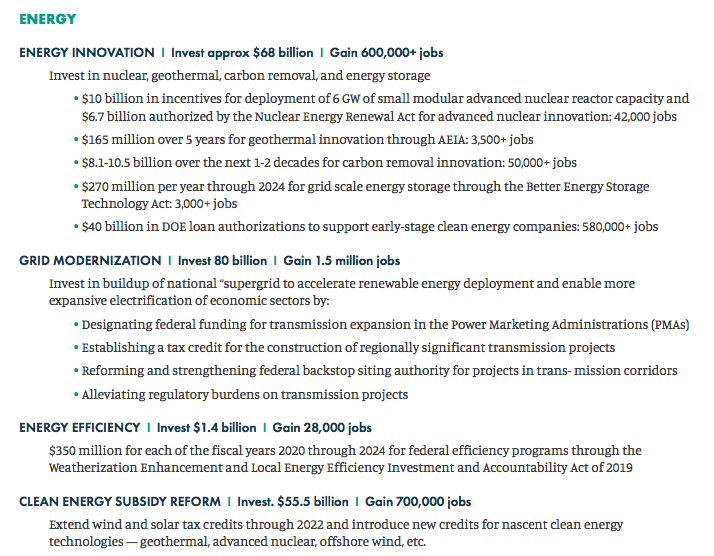
There has been a lot of discussion about negative emissions technologies (NETs) lately. While we need to be skeptical of assumed planetary-scale engineering and wary of moral hazard, we also need much greater RD&D funding to keep our options open. A quick thread: 1/10
Energy system models love NETs, particularly for very rapid mitigation scenarios like 1.5C (where the alternative is zero global emissions by 2040)! More problematically, they also like tons of NETs in 2C scenarios where NETs are less essential.
https://twitter.com/hausfath/status/13091914980181647362/10
In model world the math is simple: very rapid mitigation is expensive today, particularly once you get outside the power sector, and technological advancement may make later NETs cheaper than near-term mitigation after a point. 3/10
This is, of course, problematic if the aim is to ensure that particular targets (such as well-below 2C) are met; betting that a "backstop" technology that does not exist today at any meaningful scale will save the day is a hell of a moral hazard. 4/10
Many models go completely overboard with CCS, seeing a future resurgence of coal and a large part of global primary energy occurring with carbon capture. For example, here is what the MESSAGE SSP2-1.9 scenario shows: 5/10 

These modeled worlds of planetary-scale engineering (with, say, three times the land area of India devoted to bioenergy with carbon capture and storage) are pretty hard to imagine from the vantage of today, where we are struggling to get our act together on basic mitigation. 6/10
At the same time, there will be a real need for NETs, even if its not as the scale that some modelers dream of. There will be a long tail of hard-to-decarbonize sectors (agriculture, aviation, polymers, industrial heat) where NETs can cost-effectively offset limited emissions. 7/
Perhaps more importantly, one of the most pernicious aspects of climate change is that left to its own devices its effectively permanent (at least in human-relevant timescales). Even if we get all our emissions down to zero the Earth will just stop warming; it won't cool down. 8/
This means that if we ever want to return to a cooler climate after we reach zero emissions, we will need to actively remove CO2 from the atmosphere. Its not hard to imagine massive efforts in the 22nd century to reverse the damage of the 21st. 9/10
So lets continue to fund research and deployment of NETs to help drive down costs and drive future innovation. But lets be very careful to make sure we treat NETs as a compliment to rather than a replacement for mitigation. 10/10
• • •
Missing some Tweet in this thread? You can try to
force a refresh







